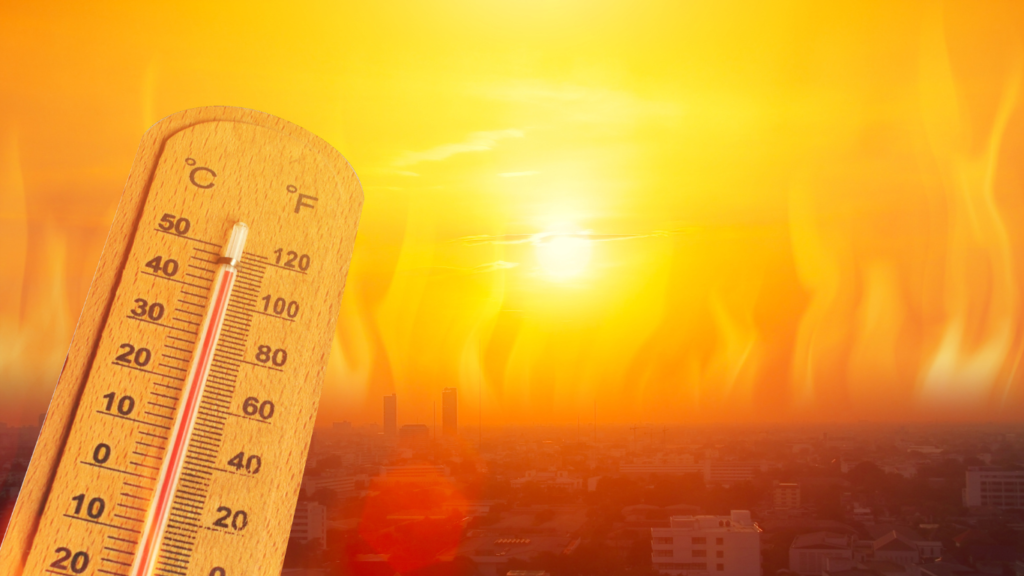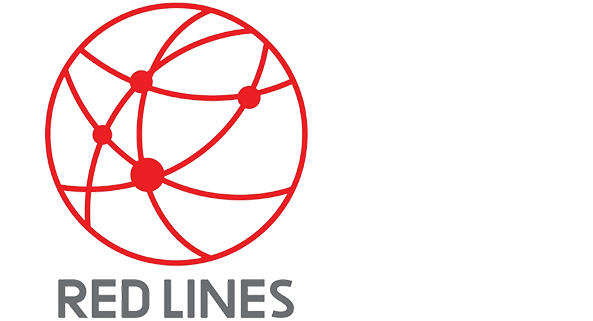As cities grow, the challenge of managing urban heat becomes more pressing, especially in hot climates like Riyadh, Dammam, and Jeddah. Temperature mapping is a powerful tool used to understand and manage heat distribution in cities. This process allows city planners, developers, and local authorities to make data-driven decisions to improve urban living conditions. At Redlines, we provide temperature mapping services in these major Saudi cities to help uncover heat patterns and design cooler environments.
Here’s a simple step-by-step guide on how temperature mapping works:
Step 1: Data Collection
The first step in the temperature mapping process is gathering data. This is done using tools like temperature sensors, drones, and satellite imagery. These tools measure the temperature in different areas of the city at various times of the day. Drones with infrared cameras are especially useful for capturing detailed temperature variations from a bird’s-eye view.
In cities like Riyadh, Dammam, and Jeddah, data collection is crucial because it helps identify “hot zones” – areas that experience higher temperatures due to heavy traffic, industrial activities, or lack of green spaces.
Step 2: Data Processing
Once the temperature data is collected, it is processed using specialized software such as Geographic Information Systems (GIS). The software turns raw data into detailed temperature maps that clearly show which areas are hottest and which are cooler. These maps give city planners and developers a visual understanding of how heat is distributed across urban spaces.
Step 3: Analysis and Interpretation
With the temperature maps in hand, the next step is to analyze the data. The goal is to find patterns and trends in heat distribution. For example, certain neighborhoods may consistently show higher temperatures, indicating a need for more cooling strategies like adding parks, planting trees, or installing reflective surfaces.
In Riyadh, Dammam, and Jeddah, where temperatures can soar during the summer months, this analysis is vital to improving public spaces and making them more comfortable for residents.
Step 4: Making Informed Decisions
The final step in the temperature mapping process is using the data to make informed decisions. The insights gained from the maps help city planners, architects, and developers choose the best strategies for cooling urban areas. For example:
- Introducing green spaces in high-temperature zones can reduce heat.
- Installing water features like fountains in public areas can cool the surrounding environment.
- Choosing heat-reflective materials for buildings can help keep indoor spaces cooler.
These strategies not only make the city more livable but also reduce energy consumption and improve the overall quality of life.
Why is Temperature Mapping Important for Saudi Cities?
In cities like Riyadh, Dammam, and Jeddah, where extreme heat is a daily reality, temperature mapping is crucial for creating more sustainable and comfortable environments. By pinpointing areas with the highest heat exposure, city officials can take targeted actions to reduce heat and protect residents from the effects of urban heat islands.

Redlines’ Role in Temperature Mapping
At Redlines, we specialize in providing temperature mapping services across Riyadh, Dammam, and Jeddah. Our team uses cutting-edge technology to collect and analyze temperature data, delivering insights that help shape the future of urban planning. Whether you’re a city planner, developer, or environmental expert, our services offer the information you need to design cities that are resilient to heat and better equipped for the future.
Conclusion
Understanding how heat is distributed across cities like Riyadh, Dammam, and Jeddah is essential for tackling the challenges of urban heat. Temperature mapping provides a step-by-step approach to uncovering these patterns and guiding decision-making to create cooler, more livable urban spaces. At Redlines, we’re here to help these cities thrive by offering expert temperature mapping services that lead to smarter, more sustainable urban development.
you can get more information on our site: Redlines.com





